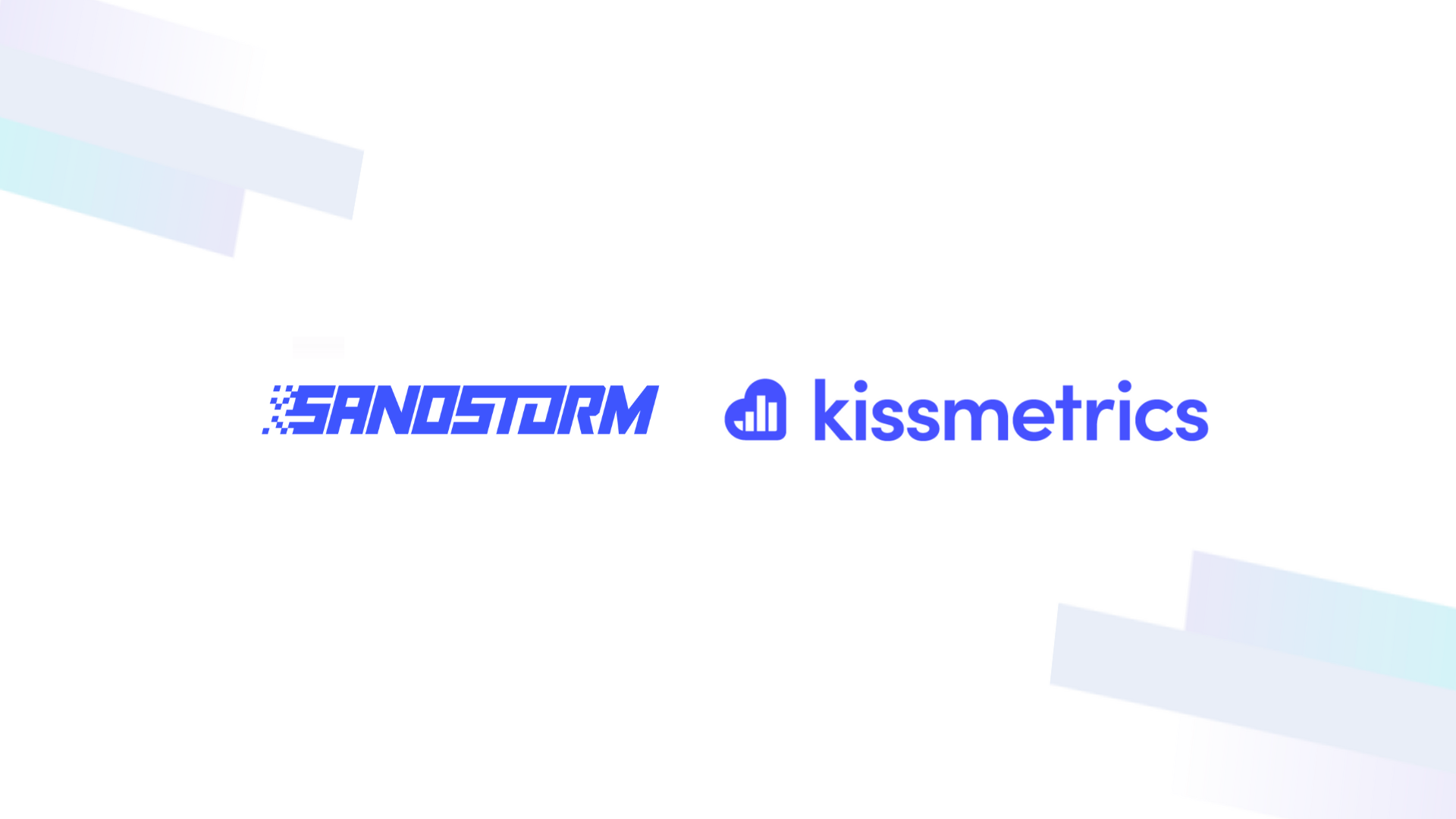
Which Engagement Metrics Will Help Improve My Search?
Improving your search engine strategy is a crucial component of any digital marketing plan. Whether you’re running a blog, an online store, or a corporate website, understanding and utilizing engagement metrics can provide significant insights into how users interact with your content and how you can improve your search engine rankings. In this blog post, we’ll explore key engagement metrics that will help enhance your search strategy, ensure your content is reaching the right audience, and improve user experience.
1. Click-Through Rate (CTR)
What is CTR?
Click-Through Rate (CTR) is a metric that measures the number of clicks your webpage receives from the search engine results pages (SERPs) relative to the number of times it’s shown (impressions). Essentially, CTR is the percentage of people who click on your link after seeing it in search results.
Why is CTR Important?
- Search Engine Ranking: A higher CTR indicates that your page is relevant to the user’s search query, which can improve your rankings on Google and other search engines. Furthermore, it shows that your meta tags and descriptions align with user intent, making your content more appealing.
- Content Optimization: Analyzing CTR helps identify which keywords and meta descriptions are resonating with your audience, allowing you to refine your content accordingly. In addition, you can focus on what aspects are working well and replicate that success across other pages.
How to Improve CTR?
- Optimize Meta Titles and Descriptions: Craft compelling meta titles and descriptions that accurately reflect your page’s content and entice users to click. Therefore, using action-oriented language and relevant keywords is crucial.
- Use Structured Data: Implementing schema markup can enhance your SERP listings with rich snippets, which can improve visibility and CTR. As a result, this additional information can make your listing stand out in the search results.
- A/B Testing: Experiment with different headlines and meta descriptions to determine which versions yield the highest CTR. This iterative process allows you to find the most effective combinations and apply these insights elsewhere on your site.
2. Bounce Rate
What is Bounce Rate?
Bounce rate measures the percentage of visitors who leave your site after viewing only one page. A high bounce rate often indicates that users did not find what they were looking for, leading to an immediate exit. Thus, it serves as an essential metric for assessing the quality of user experience.
Why is Bounce Rate Important?
- User Experience: A high bounce rate suggests potential issues with user experience, such as slow page load times, irrelevant content, or poor site navigation. As a consequence, addressing these issues can significantly enhance user retention.
- Search Engine Perception: Search engines may interpret a high bounce rate as a signal that your site isn’t providing valuable content, which could negatively affect your rankings. Conversely, a low bounce rate may indicate better engagement and relevance, thereby boosting your SEO efforts.
How to Reduce Bounce Rate?
- Improve Page Load Speed: Optimize images and scripts to ensure your site loads quickly on both desktop and mobile devices. In addition, consider using browser caching and reducing server response times to further enhance speed.
- Enhance Content Relevance: Ensure that your content matches user intent by targeting the right keywords and providing value-driven information. Furthermore, align your headlines and intros with user queries to immediately capture interest.
- Streamline Navigation: Design a clear, intuitive navigation structure that makes it easy for users to find the information they’re looking for. Moreover, using breadcrumbs and search functionality can guide users effortlessly through your site.
3. Average Session Duration
What is Average Session Duration?
Average session duration is the average amount of time users spend on your site during a single visit. This metric provides insights into how engaging your content is and whether visitors find it valuable enough to stick around. Consequently, it can highlight opportunities for content improvement.
Why is Average Session Duration Important?
- Content Engagement: Longer sessions typically indicate that users are engaged with your content, which can lead to higher conversion rates and brand loyalty. Hence, it’s a key indicator of content success.
- SEO Benefits: Search engines favor sites that keep visitors engaged for extended periods, as this suggests high-quality, relevant content. Therefore, increasing session duration can have a positive impact on your search rankings.
How to Increase Average Session Duration?
- Create Engaging Content: Develop informative, well-structured content that keeps users interested and encourages them to explore further. Additionally, use storytelling techniques to make your content more relatable and compelling.
- Incorporate Multimedia Elements: Use videos, infographics, and interactive elements to enrich user experience and maintain engagement. These elements not only break the monotony but also cater to different user preferences and learning styles.
- Internal Linking Strategy: Implement an effective internal linking strategy that guides users through related content, extending their stay on your site. Also, strategically placing links to related articles or products can encourage deeper exploration.
4. Pages per Session
What is Pages per Session?
Pages per session measure the average number of pages a user views during a single visit. This metric is crucial for understanding how effectively your content encourages users to explore more of your site. Moreover, it reflects how engaging and relevant your site structure is to visitors.
Why are Pages per Session Important?
- Site Structure and Navigation: A high number of pages per session indicates a well-organized site that encourages users to delve deeper into your content. As a result, you can deduce that your navigation and internal linking are working effectively.
- User Engagement: More pages per session suggest that visitors find your content engaging and relevant to their needs. Consequently, they are more likely to convert or return in the future.
How to Increase Pages per Session?
- Implement Related Content Recommendations: Use plugins or custom features to suggest related articles or products that keep users browsing. These recommendations can be based on user behavior and preferences.
- Clear Call-to-Actions (CTAs): Strategically place CTAs that guide users toward additional content or desired actions, such as signing up for a newsletter or making a purchase. Therefore, using action-oriented language can further motivate user actions.
- Enhance Navigation and Layout: Ensure that your website layout is intuitive and encourages seamless exploration. Additionally, conducting usability testing can help identify and rectify navigation issues.
5. Conversion Rate
What is Conversion Rate?
Conversion rate measures the percentage of visitors who complete a desired action on your site, such as making a purchase, signing up for a newsletter, or filling out a contact form. Thus, it’s a direct indicator of your website’s ability to achieve business objectives.
Why is Conversion Rate Important?
- Business Objectives: Conversion rate directly impacts your bottom line, making it a critical metric for assessing the effectiveness of your website and marketing strategies. Consequently, it’s essential for measuring ROI.
- Content Effectiveness: A high conversion rate indicates that your content resonates with users and motivates them to take action. Therefore, it’s a sign that your marketing and sales strategies are aligned with user needs.
How to Improve Conversion Rate?
- Optimize Landing Pages: Design visually appealing, user-friendly landing pages that clearly communicate value and guide users toward conversion. Moreover, consider using persuasive copy and strong visuals to capture attention.
- Conduct A/B Testing: Continuously test different elements, such as headlines, CTAs, and form placements, to identify the most effective combinations. As a result, you can make data-driven decisions to enhance your conversion rates.
- Streamline the Conversion Funnel: Minimize friction in the conversion process by simplifying forms, offering guest checkout options, and providing multiple payment methods. Therefore, addressing common user pain points can significantly boost conversions.
6. Return Visitors
What are Return Visitors?
Return visitors are users who have previously visited your site and returned for another session. This metric provides insights into user loyalty and the effectiveness of your content in building long-term relationships. Therefore, it’s vital for assessing customer retention.
Why are Return Visitors Important?
- User Loyalty: A high percentage of return visitors indicates that your site provides value and encourages repeat visits, fostering customer loyalty. Furthermore, loyal users are more likely to advocate for your brand.
- Brand Awareness: Return visitors contribute to brand recognition and trust, increasing the likelihood of conversions and advocacy. Hence, building a strong return visitor base is crucial for sustained growth.
How to Increase Return Visitors?
- Regular Content Updates: Publish fresh, relevant content regularly to keep users engaged and encourage them to return for more. In addition, using a content calendar can help maintain consistency.
- Build a Community: Foster a sense of community through interactive features, such as forums, comment sections, or social media integration. These features encourage user interaction and enhance brand loyalty.
- Retargeting Campaigns: Implement retargeting strategies to remind previous visitors of your offerings and entice them back to your site. Consequently, you can keep your brand top-of-mind for users who haven’t converted yet.
Conclusion
Engagement metrics provide invaluable insights into user behavior and the effectiveness of your website’s content and structure. By focusing on key metrics like CTR, bounce rate, average session duration, pages per session, conversion rate, and return visitors, you can refine your search strategy to improve user experience, boost search engine rankings, and achieve your business goals.
Remember, the key to success lies in continuous monitoring, analysis, and optimization. Stay proactive in your approach, and you’ll see tangible results in both user engagement and search performance.


